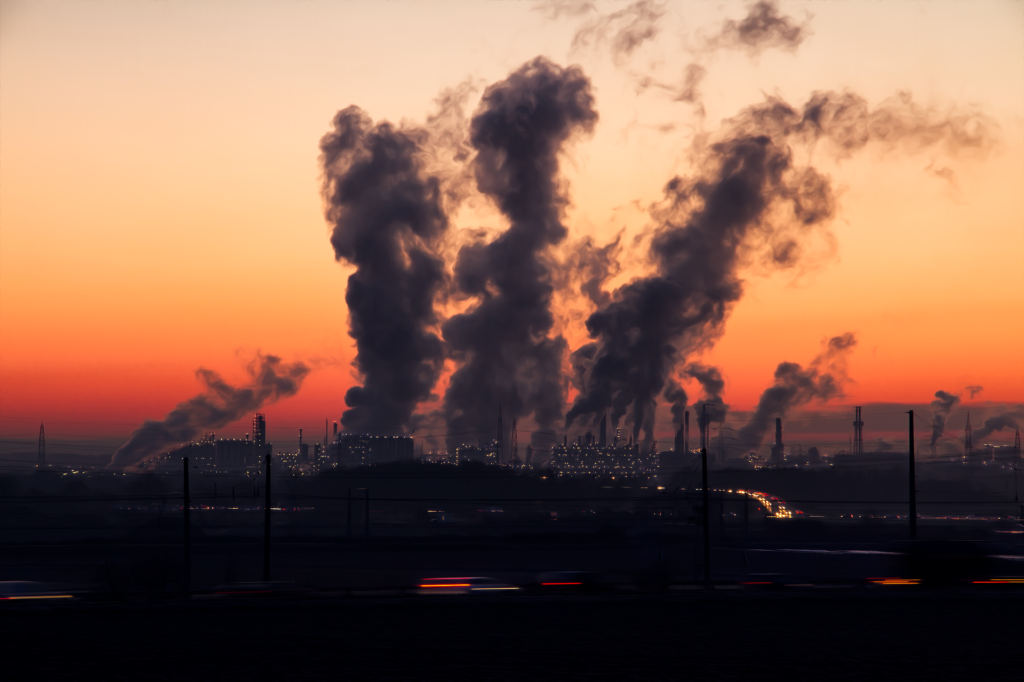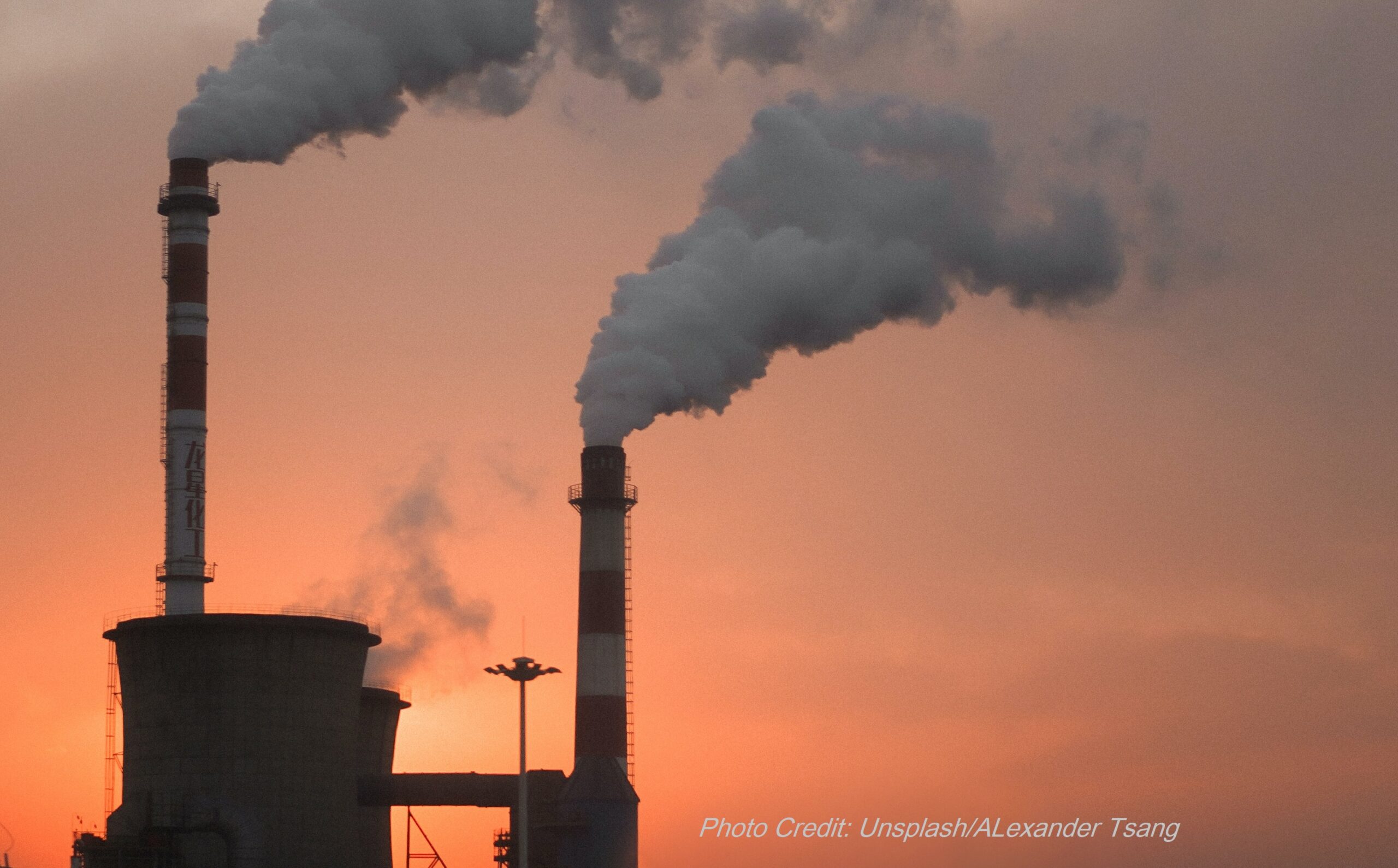Photo by EcoLifeZone – Carbon Offsetting
Mothers & Others For Clean Air deeply believes that access to clean air is an inherent human right. We acknowledge that communities of color often suffer from an unequal burden of toxic pollution. We offer the following resource to advance education and dialogue about Environmental Racism within the state of Louisiana. This is not a comprehensive list of issues, leaders, or organizations within Louisiana. Rather, this post highlights a few issues and resources, and thus encourages continued awareness and involvement with issues of environmental racism in Louisiana. We welcome anyone to share additional resources or thoughts with us.
What does Environmental Racism Look Like in Louisiana?
Cancer Alley: The predominantly black neighborhoods along the 85 mile stretch between Baton Rouge and New Orleans were built upon by formerly enslaved African Americans after emancipation in 1863. This 85 mile stretch is now home to 150 petrochemical plants. The pollution from these petrochemical plants has created foul odors and releases toxic chemicals into the air. Those families who could afford to move out of the area did, and many others became so sick they died. These polluting facilities have been the force which wiped many of the black cities in this area out. Morrisonville, Diamond, Mossville, Sunrise, and Revilletown were all destroyed by the toxins emitted into the soil, water, and air surrounding their communities[i]. Almost every single household in this 85 mile stretch has at least one resident currently afflicted with cancer, and everyone has a friend or family member who has died from cancer.
Amid the COVID-19 outbreak of 2020, residents in ‘Cancer Alley’ have been suffering at a disproportionate rate compared to the rest of the country. One analysis concluded that the higher pollution rates recorded in this predominantly black area may predispose the lungs to respiratory illness thus making the residents in Cancer Alley more vulnerable to the extreme effects of COVID-19[ii].
Hurricane Katrina: Environmental racism became a focal point in Louisiana when Hurricane Katrina hit in August of 2005. Due to historical zoning discrimination in New Orleans, black communities were systematically zoned to the low elevation neighborhoods[iii]. Many of these neighborhoods were protected only by old and weak levees which were shattered when the storm made landfall. These low-ground neighborhoods were devastated by the storm. Four of the districts of New Orleans which were hit worst by the hurricane were primarily black. Comparatively, the neighborhoods in the area considered the “white teapot” were located on high ground and had urban infrastructure which made them more resilient to the effects of the storm[iv].
During evacuation, most of the 1.2 million evacuees in New Orleans were able to leave their homes via private vehicle. However, only ⅓ of black residents, or 60% of low-income black households, had personal vehicles to evacuate in. Due to the lack of publicly available transportation provided by the city during the crisis, 33,500 people were stuck in the city and had to be rescued by the Coast Guard. 60,000 residents had to be helicoptered off of rooftops[v].
Black communities were systematically left out of the economic aid and recovery efforts after the disaster. For many families who lost their homes, recovery has still not been achieved. To learn more about ongoing Katrina recovery efforts visit: Gulf Coast Center for Law and Policy
[i] Blodgett, A. D. (2006). An analysis of pollution and community advocacy in “Cancer Alley”: Setting an example for the environmental justice movement in St James Parish, Louisiana. Local Environment, 11(6), 647–661. https://doi.org/10.1080/13549830600853700
[ii] Terrell, K., & James, W. (2020). Air Pollution and COVID-19: A Double Whammy for African American and Impoverished Communities in Cancer Alley.
[iii] Seicshnaydre, S., Law, T., & Collins, R. A. (2018). The New Orleans Prosperity Index: Tricentennial Collection Rigging the Real Estate Market: Segregation, Inequality, and Disaster Risk.
[iv] Henkel, K. E., Dovidio, J. F., & Gaertner, S. L. (2006). Institutional Discrimination, Individual Racism, and Hurricane Katrina. Analyses of Social Issues and Public Policy, 6(1), 99–124. https://doi.org/10.1111/j.1530-2415.2006.00106.x
[v] Morse, R. (2008). Environmental Justice Through the Eye of Hurricane Katrina. www.joincenter.org





